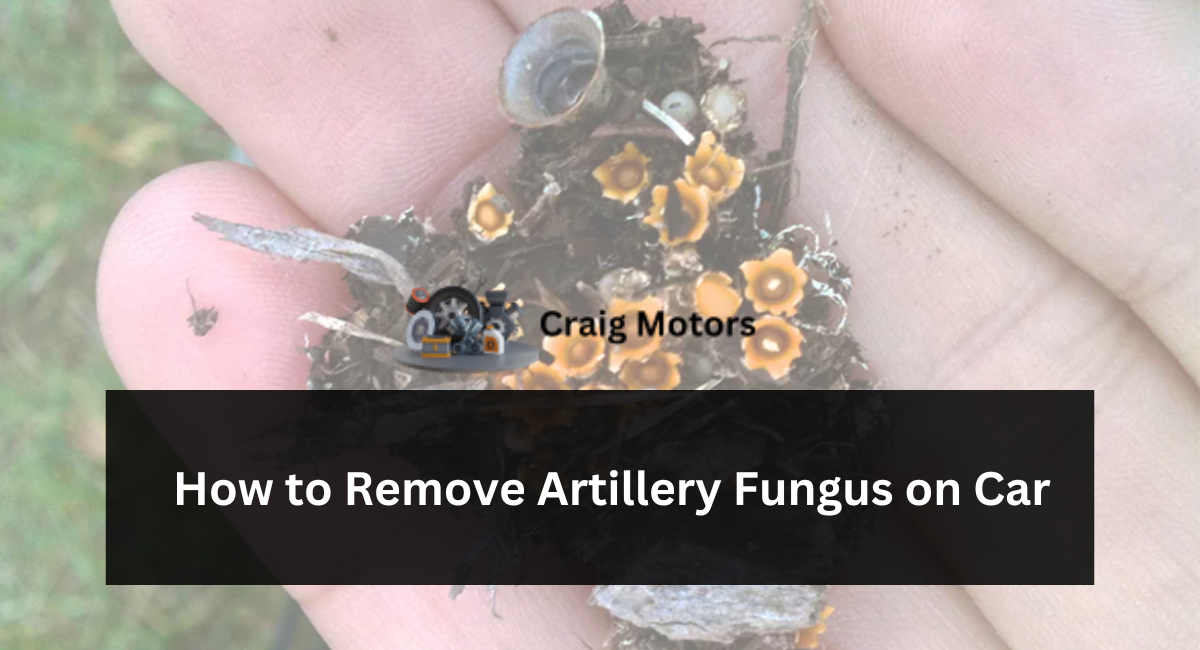Many drivers notice black dots appearing on their vehicle – this could be artillery fungus (Sphaerobolus stellatus). This species thrives best in wood chip mulch environments and thrives most during spring and fall seasons.
With some work and some elbow grease, spores can be eliminated with ease. There are also preventive measures you can take such as switching to non-organic ground cover and ceramic coating your vehicle – all which may help.
Use a Plastic Razor Blade
If you’ve noticed small black spots on your car, they could be due to artillery fungus (also known as shotgun fungus). This fungal disease is difficult to get rid of once its spores settle into place and is most prevalent where mulch or organic matter are present – often spring and autumn months when activity spikes.
Once it reaches maturity, this fungus forms in wood-chip or bark mulch, sending out its spores which can travel for 20 feet before landing anywhere – including cars! Mistaken as insect waste or bits of tar, they adhere like superglue.
Mulch material such as cedar, cypress and redwood mulches may help prevent the formation of fungus growth. A hot water power wash may also prove helpful as it removes any harmful spores while undoing any damage they have done to nearby trees and plants.
If the spores on your vehicle persist, we advise reaching out to a quality contractor for professional cleaning services and advice on preventing its return. While fungus can be annoying, it should not be dangerous; to reduce its spread simply avoid parking close to mulch or other organic materials when possible.
Use a Cleaner
As drivers, we all desire a clean and shiny car. So when we notice black specks on it it can be upsetting – but there’s an easy solution: use Meguiar’s D101 or Gtechniq W6 cleaner along with plastic razor blade to remove them from your paint surface.
These unsightly black dots are known as Artillery Fungus or Sphaerobolus stellatus (commonly referred to as “shotgun fungus”). It thrives in wet, rotting landscape mulch. To spread, peridioles release microscopic spores up to 20 feet into the air where they attach themselves to surfaces such as house siding, downspouts, windows and cars, creating black spots which may be difficult to eradicate.
Once an area has become infected with artillery fungus, professional cleaning is the best solution. A quality contractor such as Agent Clean will have both the experience and equipment to efficiently assess and clean without further damaging nearby areas.
Prevention is key, too. By choosing rot-resistant mulches such as cedar, redwood or cypress for mulches; switching to non-organic ground covers like stone gravel or river rock; and regularly replacing any rotting mulches this will help slow the spread of fungal infections.
Scrub the Spores
If black spores seem to shoot from your car like bullets, it may be due to artillery fungus (commonly referred to as Shotgun Fungus). This wood-decay fungus resides in mulch around homes and sends its spores flying at reflective surfaces like cars and furniture within 10 feet.
Fungi are notoriously hard to remove from house siding and are especially unsightly when left to grow in large patches. Hot water power washing may help remove staining on surfaces early enough. You could also try using a scrub brush, magic eraser and mild polishing with Rupes UNO and Meguiar’s microfiber towel as alternative methods of removal.
White vinegar may also serve as an effective cleaning solution, with its acid content breaking down spores to provide a natural alternative to harsh cleaners that could potentially harm surfaces and finishes.
If you find that you’re consistently cleaning your car from these spores, it may be time to switch up the landscape material around your home. Non-organic ground covers have been shown to reduce risks of artillery fungus; you could also try swapping out your mulch with pine bark nuggets or another material which doesn’t support artillery fungus; don’t forget to wax regularly too for maximum protection!
Remove the Spores
As soon as fungi reach maturity, they expel their spores into the air and onto any nearby objects – particularly bright surfaces like vehicles, windows, and house siding where their landing can leave behind dark black dots that become visible to you.
Once established, spores can be difficult to remove. Most people have difficulty doing so even with a pressure washer; often the blast of high-pressure water fractures the clear coat and strips away paint beneath; therefore a soft washing method would be preferred instead.
Conclusion
Artillery Fungus can also be avoided before it appears on your car by taking certain preventive steps. As it thrives in landscape mulch, artillery fungus often appears after rain showers on cars. Switching up your type of organic mulch or parking away from such materials will help.
If the spores have already made an appearance on your car, a bit of elbow grease should do the trick to clear them away. Scrubbing or scraping the spot may help, as may using hydrogen peroxide and mouthwash to break down spores.

Leave a Reply